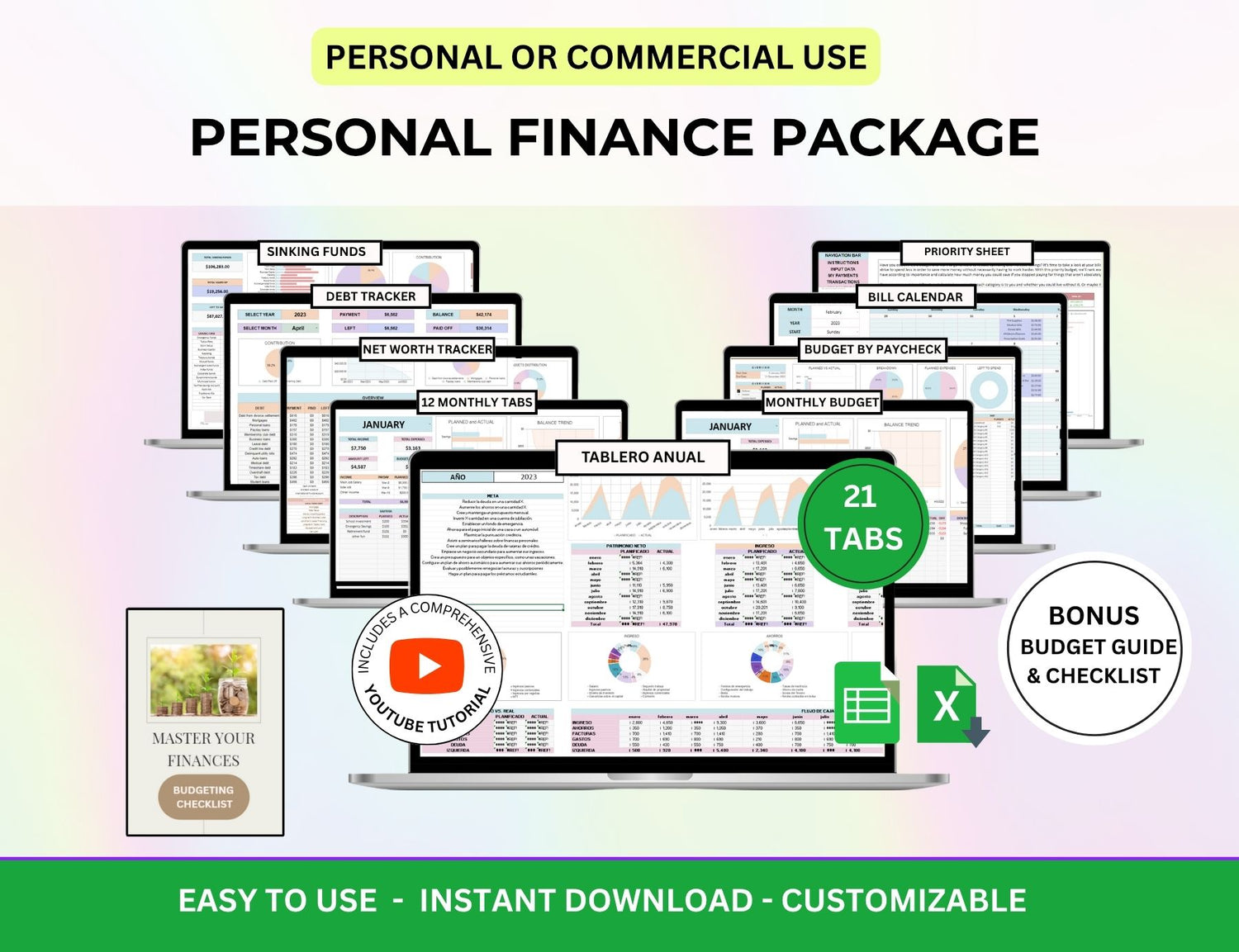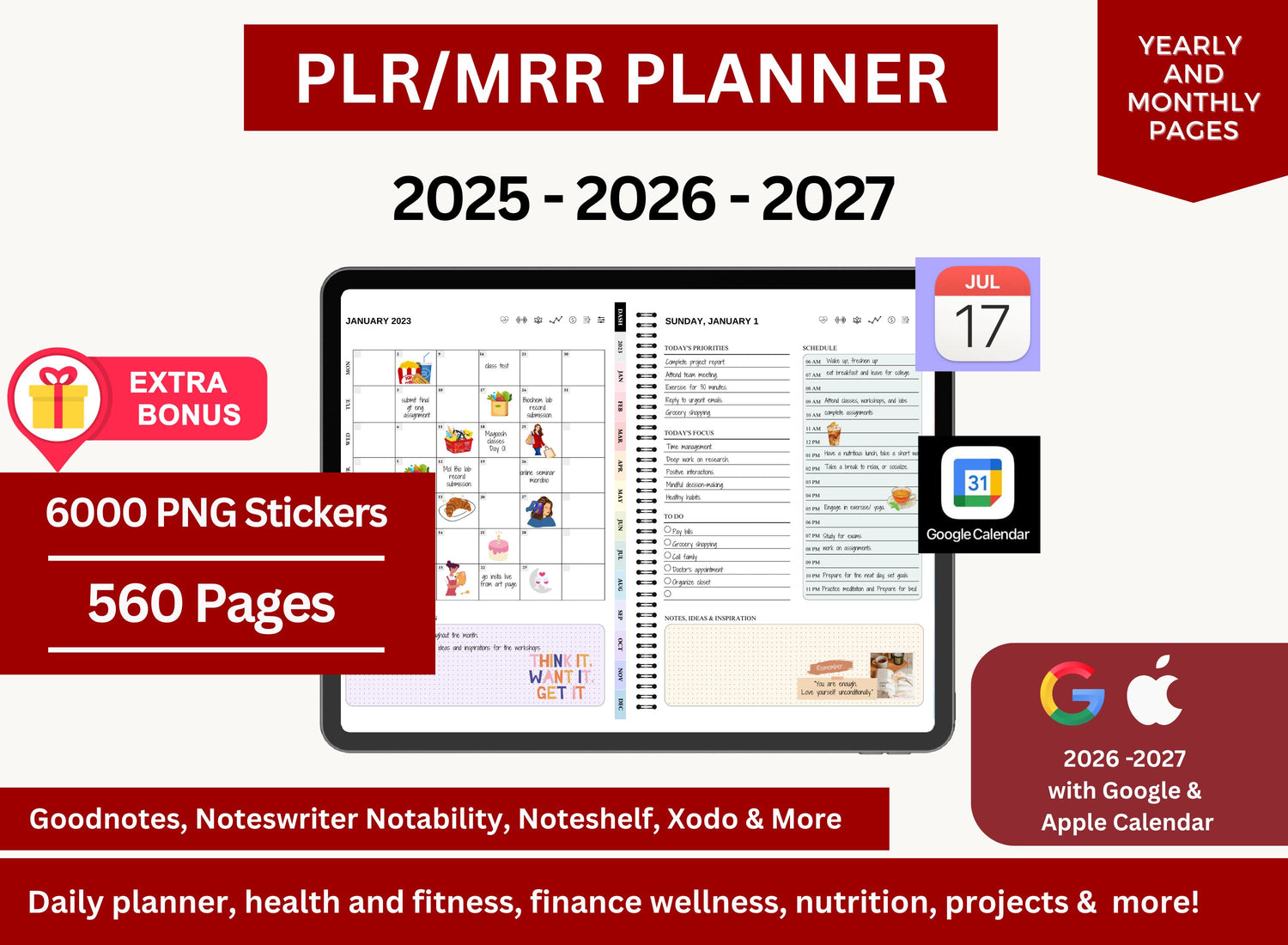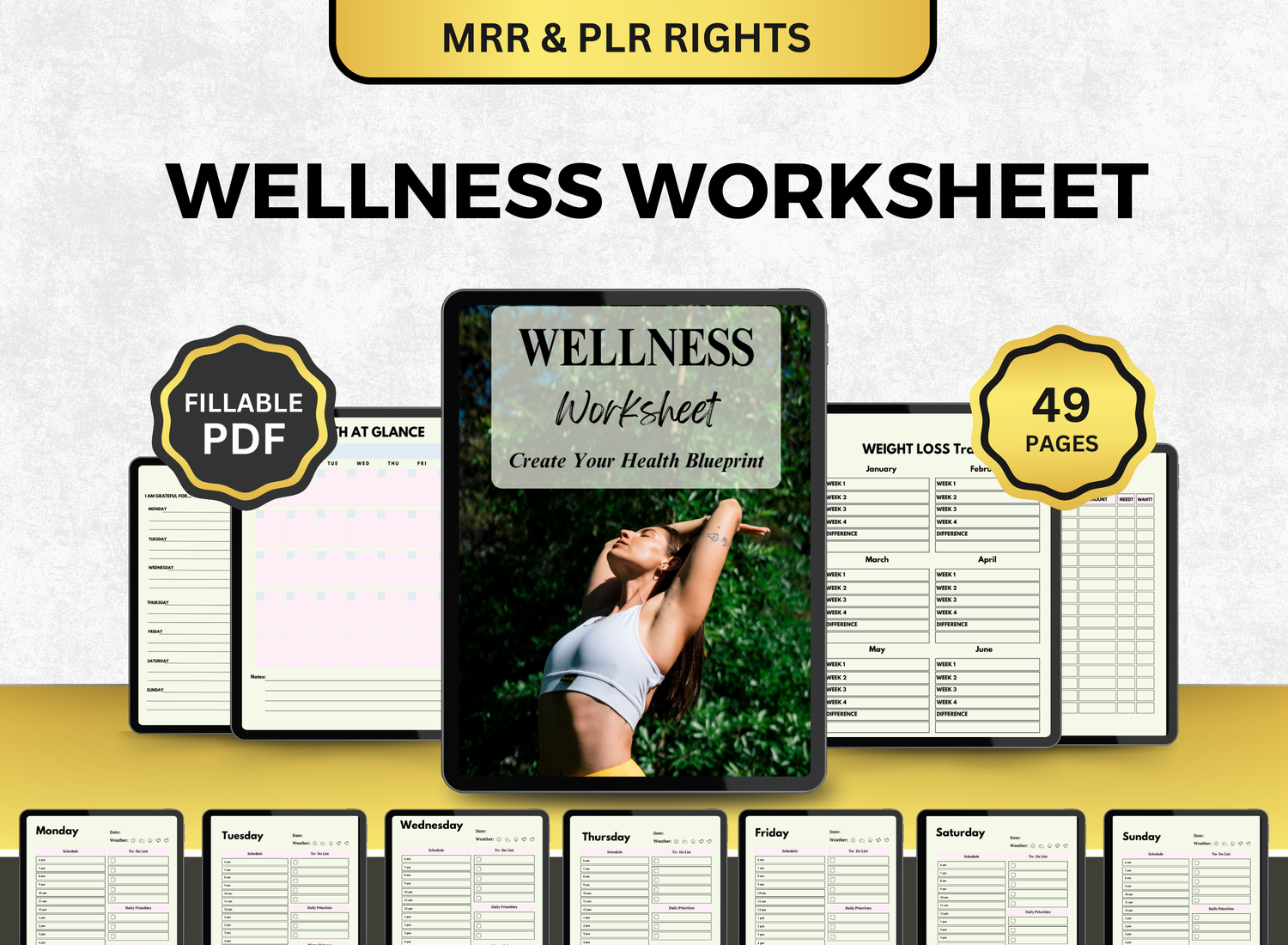How To Build Passive Income in 2025 with Digital Downloads (Even If You’re Starting from Zero)
If you’ve spent any time lately scrolling through TikTok, YouTube, or honestly even LinkedIn, you’ve probably heard some version of “make money while you sleep” being tossed around. It’s catchy. Tempting, too. But when it comes to passive income, especially in 2025, there’s a big gap between the hype and what’s actually doable—especially if you’re starting from, well, nothing.
Here’s the thing, though: building passive income through digital downloads? That’s one of the few strategies that actually can live up to the dream... at least partly. No Lamborghinis overnight, sure. But a realistic, steady stream of income? Definitely within reach.
Let’s dig into how it actually works, what you need to know (without the fluff), and a few ways you can start today even if you don't have a massive budget, a big audience, or honestly, much of a clue yet.
Page Contents
☰Why Digital Downloads Work for Passive Income (Especially Now)
Digital downloads—think templates, ebooks, planners, design assets, printable art—are appealing because they’re low overhead, scalable, and don't require ongoing fulfillment like physical products do.
You make something once (or buy the rights to it, more on that later), set it up on a platform like Etsy or your own site, and after that, the same file can sell a hundred times—or a thousand—without you lifting a finger. Well, mostly.
Here are a few facts to set the scene:
- The digital downloads market is projected to grow steadily, hitting $243 billion globally by 2030 (source).
- The digital products in Etsy continues to rise, with “digital downloads” becoming one of the top searched items in between 2024-2025 (source).
Point is: people love instant gratification. In a world where everyone’s impatient, downloads scratch that itch.
The Different Paths to Selling Digital Downloads
You don't have to be a designer or a tech wizard to get in. We have a few variety of ways that you can approach digital downloads:
1. Create Your Own Products
If you have a knack for writing, designing, or organizing information, you can create original products—planners, business templates, resume designs, social media kits, etc. Canva and Adobe Express make this wildly accessible now, even if you're not a pro.
Pros: Full creative control. Higher profit margins.
Cons: Takes time to make. Also, some products just... won’t sell. It happens.
2. Use PLR (Private Label Rights) or MRR (Master Resell Rights)
This is where things get interesting. Private Label Rights (PLR) and Master Resell Rights (MRR) products are digital assets you can purchase and then resell legally—either as-is or slightly modified.
- PLR allows you to edit, rebrand, and claim authorship of a product.
- MRR typically lets you resell the product but without changing it (depends on the license).
There’s a growing number of marketplaces offering these, like PLR.me, IDPLR.com, and smaller Etsy shops specializing in MRR kits.
Pros: Fast entry. Low cost. You’ll build a substantial repertoire almost immediately!
Cons: Lower differentiation unless you heavily rebrand. And unfortunately, not all PLR can be considered high-quality—some of it is, to be painfully honest, not all that good.
3. Digital Dropshipping
This model is sort of like traditional dropshipping but... digital. You market and sell digital products that you don’t create or even own—you’re essentially a middleman between creator and buyer.
Sites like Creative Market or Gumroad have affiliate programs where you earn a commission for each sale you refer.
Pros: Zero upfront costs. No product creation.
Cons: Lower margins. Less control over the customer experience.
Still, if you’re cash-strapped but good at marketing, it’s worth considering.
What Kinds of Digital Products Sell Best in 2025?
It’s not just “anything digital” that sells. Trends shift, and buyers get pickier. Here’s what’s hot right now (and likely through the year):
- Canva Templates (social media posts, resumes, workbooks)
- Ebook Guides (especially niche topics like pet care, productivity hacks, micro investing)
- Printables for Kids (educational games, activity sheets)
- Fitness and Meal Planners (with AI-driven personalization options)
- Business Toolkits (email swipe files, content calendars)
-
Wall Art and Quote Prints (still evergreen on Etsy)
Quick side note: I've seen a few Etsy shops explode seemingly overnight just selling minimalist wall art. I even bought one myself. $4.99 for a download that probably took the seller 20 minutes to make... wild.
How to Actually Start (Without Getting Overwhelmed)
Starting from zero can feel like staring at an empty Google Doc. Overwhelming. Paralyzing, even.
Here’s a straightforward, no-BS roadmap:
1. Pick a Niche
Don’t try to be everything to everyone. Narrow it down.
Good niches =
- Busy professionals
- Moms with toddlers
- New solopreneurs
- Hobbyists (like gardeners, knitters, etc.)
The more specific, the better.
2. Choose Your Model: Create, License, or Dropship
Ask yourself:
- Do I want to create from scratch?
- Would I rather buy and modify PLR or MRR products?
- Am I okay making smaller commissions just promoting others' products?
There’s no right or wrong answer. Honestly, a lot of people end up blending approaches.

3. Set Up a Storefront
Where you sell matters. Some options:
- Etsy (best for printables and templates)
- Gumroad (good for ebooks, courses, toolkits)
- Shopify + Digital Download apps (if you want your own branded store)
Pro tip: start simple. You can always expand later.
4. Optimize Listings for SEO
Keywords like “digital downloads”, “printable planner”, or “passive income templates” are key for Etsy or Google SEO. Market research! Find out what potential customers are looking for using the tools you have access to like Etsy’s search bar.
Write natural, specific product descriptions. Like you're describing it to a friend. Avoid sounding like a robot listing features.
5. Market (Without Being Obnoxious)
No one’s just going to stumble into your store magically.
Consider:
- Pinterest (huge for printable products)
- TikTok (show behind-the-scenes, it feels more genuine)
- Instagram Reels
- Email list building, even small at first
Don’t overthink it. You don’t need a 10-page content plan to post your first pin or reel.
What About Legal Stuff?
It’s not glamorous, but it matters.
- Always verify the license terms if using PLR or MRR.
- Make sure to collect sales tax where applicable (Etsy handles this automatically in most cases).
- Include terms of use on your site or in your downloads if you don't want buyers reselling your work.
If you're unsure, platforms like LegalZoom offer basic templates, and there's a growing number of free legal resources for small digital sellers too.
Common Mistakes (And How To Dodge Them)
Mistake #1: Overcomplicating your first product.
Solution: Start super simple. Your first item doesn’t have to be revolutionary. It just has to exist.
Mistake #2: Giving up after 2 weeks.
Solution: Building traction takes time. Some sellers don’t see their first sale until 30, 60, even 90 days.
Mistake #3: Ignoring the customer experience.
Solution: Make your downloads high quality. Double-check that download links work. Communicate clearly. Overdeliver just a tiny bit.
So... Is This Really “Passive”?
Okay, cards on the table: passive income isn't 100% passive. There’s upfront work. There’s occasional maintenance—updating listings, tweaking your store, maybe handling a few customer questions.
But compared to trading hours for dollars? Compared to filling orders yourself, printing labels, packaging boxes, standing in line at USPS?
Yeah. It's about as passive as it gets without being totally hands-off.
And once a product is up and selling steadily, there are plenty of days where, yeah, you can earn money while you're hiking, traveling, binge-watching Netflix... whatever.
I've seen it myself. Woke up to $147 in new sales once. Not life-changing, sure, but it made my whole morning better. You never forget that first “money while you sleep” moment.
Final Thoughts: Start Small, Think Big
If you're thinking about building passive income in 2025, digital downloads are absolutely still one of the best paths. They're accessible, low risk, and scalable if you stick with it.
Don’t wait until everything’s perfect. Don’t overthink your first product. Just... start.
You can always adjust as you learn. (And you will learn—trust me.)
It’s not magic. But it’s pretty close.










